
-
Find the right food for your pet
Take this quiz to see which food may be the best for your furry friend.
Find the right food for your pet
Take this quiz to see which food may be the best for your furry friend.
Featured products
 Small & Mini Savory Stew with Chicken & Vegetables Dog Food
Small & Mini Savory Stew with Chicken & Vegetables Dog FoodA delicious complement to the nutrition of Science Diet Small & Mini 7+ dog food
Shop Now Adult 7+ Perfect Digestion Chicken, Whole Oats & Brown Rice Recipe Dog Food
Adult 7+ Perfect Digestion Chicken, Whole Oats & Brown Rice Recipe Dog FoodScience Diet's breakthrough nutrition supports ultimate digestive well-being & healthy microbiome for dogs age 7+
Shop Now Adult Healthy Cuisine Roasted Chicken, Carrots & Spinach Stew Dog Food
Adult Healthy Cuisine Roasted Chicken, Carrots & Spinach Stew Dog FoodDelicious roasted chicken paired with tender vegetables in a succulent stew
Shop NowFeatured products
 Adult 7+ Senior Vitality Chicken & Vegetable Stew Cat Food
Adult 7+ Senior Vitality Chicken & Vegetable Stew Cat FoodImproves Everyday Ability to Get Up & Go
Shop Now Adult 7+ Tender Tuna Dinner Cat Food
Adult 7+ Tender Tuna Dinner Cat FoodWith delicious chunks in a decadent gravy
Shop Now Adult Savory Entrée Can Variety Pack Cat Food
Adult Savory Entrée Can Variety Pack Cat FoodPrecisely balanced nutrition with the delicious taste of savory minced chicken to help fuel the energy needs of cats during the prime of their life
Shop Now -
Dog
- Dog Tips & Articles
-
Health Category
- Weight
- Food & Environmental Sensitivities
- Urinary
- Digestive
- Joint
- Kidney
-
Life Stage
- Puppy Nutrition
- Adult Nutrition
- Senior Nutrition
Cat
- Cat Tips & Articles
-
Health Category
- Weight
- Skin & Food Sensitivities
- Urinary
- Digestive
- Kidney
-
Life Stage
- Kitten Nutrition
- Adult Nutrition
Featured articles
 Do Dogs and Cats have Belly Buttons?
Do Dogs and Cats have Belly Buttons?Learn whether cats & dogs have belly buttons like humans, what the function is, and if there are any health concerns associated with it.
Read More Why Are Dogs and Cats So Cute?
Why Are Dogs and Cats So Cute?If waggy puppy dog tails and furry kitten yawns make you swoon, you're not alone. Why are cats so cute? And, dogs too! Let's find out!
Read More Does My Pet Hate Me?
Does My Pet Hate Me?Learn tips for bonding with your pet if you've ever thought, 'My dog doesn't like me, or 'Why do I have a standoffish cat?'
Read More -


Just like humans, about two-thirds of a cat’s body is made up of water. Cats need a healthy amount of water to survive and to maintain their health. When living in the wild, they obtain water from the moisture content in their food. This includes prey like insects, birds, and rodents, which also contain a high water content. Your domestic cat has a very different diet, and gets her water delivered in a bowl or through wet food.
Dehydration
Because cats can concentrate their urine, they can survive on smaller quantities of water than other animals. But they also have a low thirst drive, which means that they don’t feel the need to drink water very often. If your cat is dehydrated, you may not know it until she develops a problem. Dehydration can lead to cat bladder problems and urinary diseases, including kidney disease and feline lower urinary tract disease. Other common conditions from dehydration are bladder inflammation (cystitis), tumors, ruptured bladder, and stones. Bladder stones can lead to life-threatening urethral blockages, particularly in male cats.
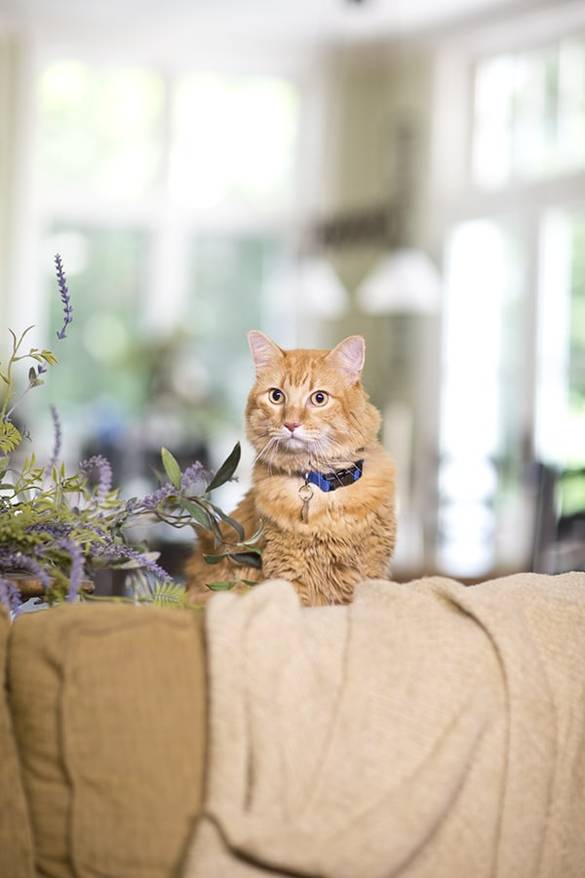
There are a few ways you can tell if your cat is dehydrated. One of the best tests is to pinch your cat’s skin and gently pull upward. If her skin does not return to its normal position quickly, she is probably dehydrated. Also pay attention to signs of panting, depression, lack of appetite, sunken eyes, dry mouth, increased lethargy, and increased heart rate.


Tasty Tips
Encouraging your cat to drink water
The amount of water your cat needs to drink varies depending on her size, activity level, health, and diet, but ranges from 5 to 10 fluid ounces per day. If you have trouble trying to get your cat to drink water, there are a few ways to encourage her.
Location is essential. Put a few water bowls around the house, in areas with low foot traffic. Water bowls should also not be placed anywhere near her litter box. This could make her uncomfortable and cause her to stop eating, drinking, and using her litter box. She may not even like having her food and water bowls near each other.
Some cats are really particular about drinking water. Your cat may like cold water better, so drop a couple ice cubes in the bowl. On the other hand, she may not even like her bowl. If she has a tendency to tip it over, switch to a wider one with a rubber base. She may not like the taste of her water either, so if you have a plastic bowl, you may want to switch it to a metal, ceramic, or glass bowl. You should also replace your cat’s water daily in an effort to keep the water from tasting stale.
Even pickier cats won’t use a bowl at all, and would rather drink straight from your tap. In the wild, cats will usually only drink moving water, as they have learned that this helps prevent them from getting sick. So, if you see your continually tipping over her water dish and drinking the water as it spills across the floor, she’s probably not doing this to spite you, but rather she’s more comfortable drinking moving water. There are a number of ways to provide your cat with moving water without all the cleanup of a spilled water bowl. Consider motion-censored cat water fountains that constantly circulate the water, or allow her to drink from the tap or a running bath faucet–just remember to keep the water at a cool temperature.
You can also add more moisture to your cat’s diet. Canned food has a much higher moisture content than dry food. We recommend Science Diet® Cat Food for delectable varieties of canned food for your cat’s tastes. If she prefers dry food, you can try adding water to her kibble. If you add a small amount of water gradually through meals, she’s more likely to get used to the texture. A combination of dry food and canned food is also an option.
Whichever method you choose, it is important to encourage your cat to drink water. While many may think milk is a good substitute, it is only a myth, and can even cause digestive problems with your cat. Getting your cat to drink water is just as important as feeding her a proper nutrition. If you think that your cat might be dehydrated, talk to your veterinarian.


One of our staff authors prepared this article for you
Related products

Precisely balanced nutrition with the delicious taste of savory minced chicken to help fuel the energy needs of cats during the prime of their life

Supports energy level and beautiful fur in mature cats

With delicious chunks in a decadent gravy

Improves Everyday Ability to Get Up & Go
Related articles
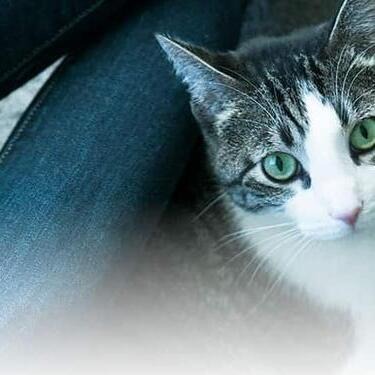
Brushing your cat's teeth is just as important as brushing your own. Learn signs or oral health problems in your cat and how to avoid them.
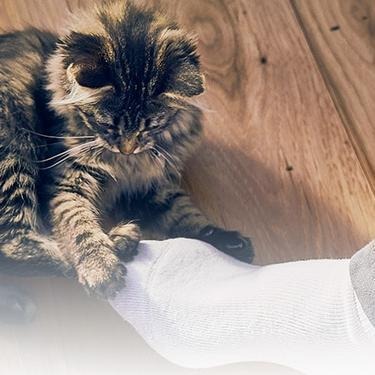
Discover which cat toys games your feline friend might like, and how they are great sources of exercise. Explore our library of articles to learn more.
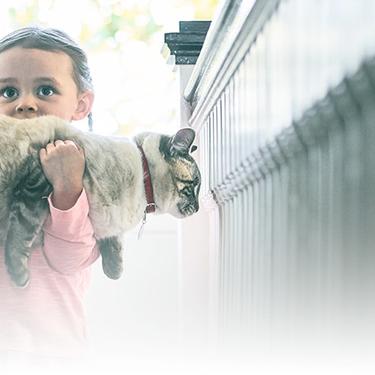
Discover how to identify cat sensitive skin and what you can do to help your cat thrive from head to paw.
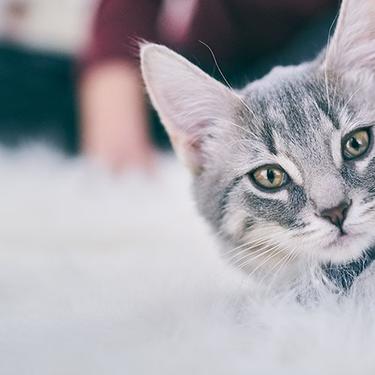
Discover the benefits of Hill's line of kitten foods and how they provide complete and balance nutrition for growing kittens.

Put your cat on a diet without them knowing
Our low calorie formula helps you control your cat's weight. It's packed with high-quality protein for building lean muscles, and made with purposeful ingredients for a flavorful, nutritious meal. Clinically proven antioxidants, Vitamin C+E, help promote a healthy immune system.
Put your cat on a diet without them knowing
Our low calorie formula helps you control your cat's weight. It's packed with high-quality protein for building lean muscles, and made with purposeful ingredients for a flavorful, nutritious meal. Clinically proven antioxidants, Vitamin C+E, help promote a healthy immune system.

